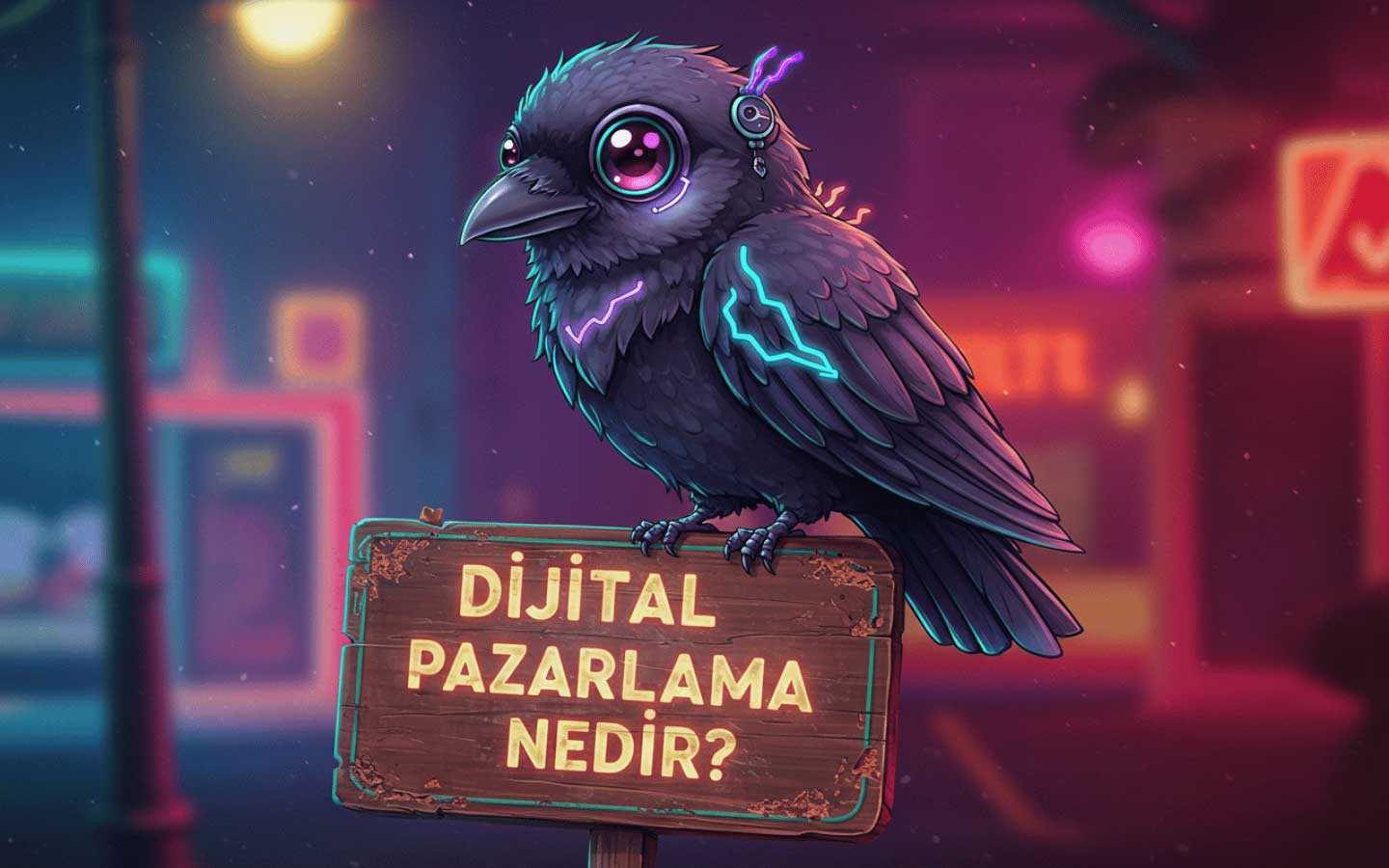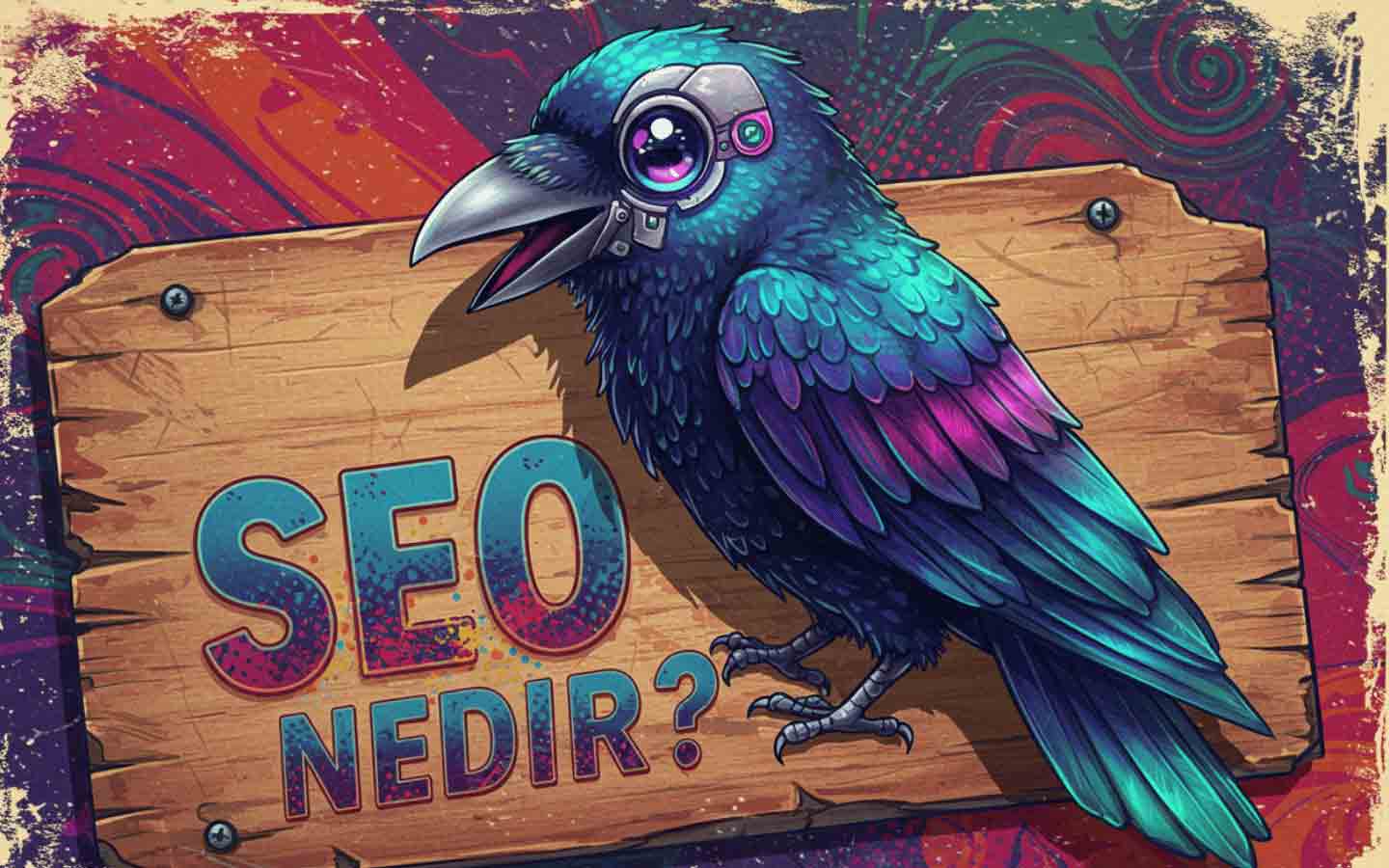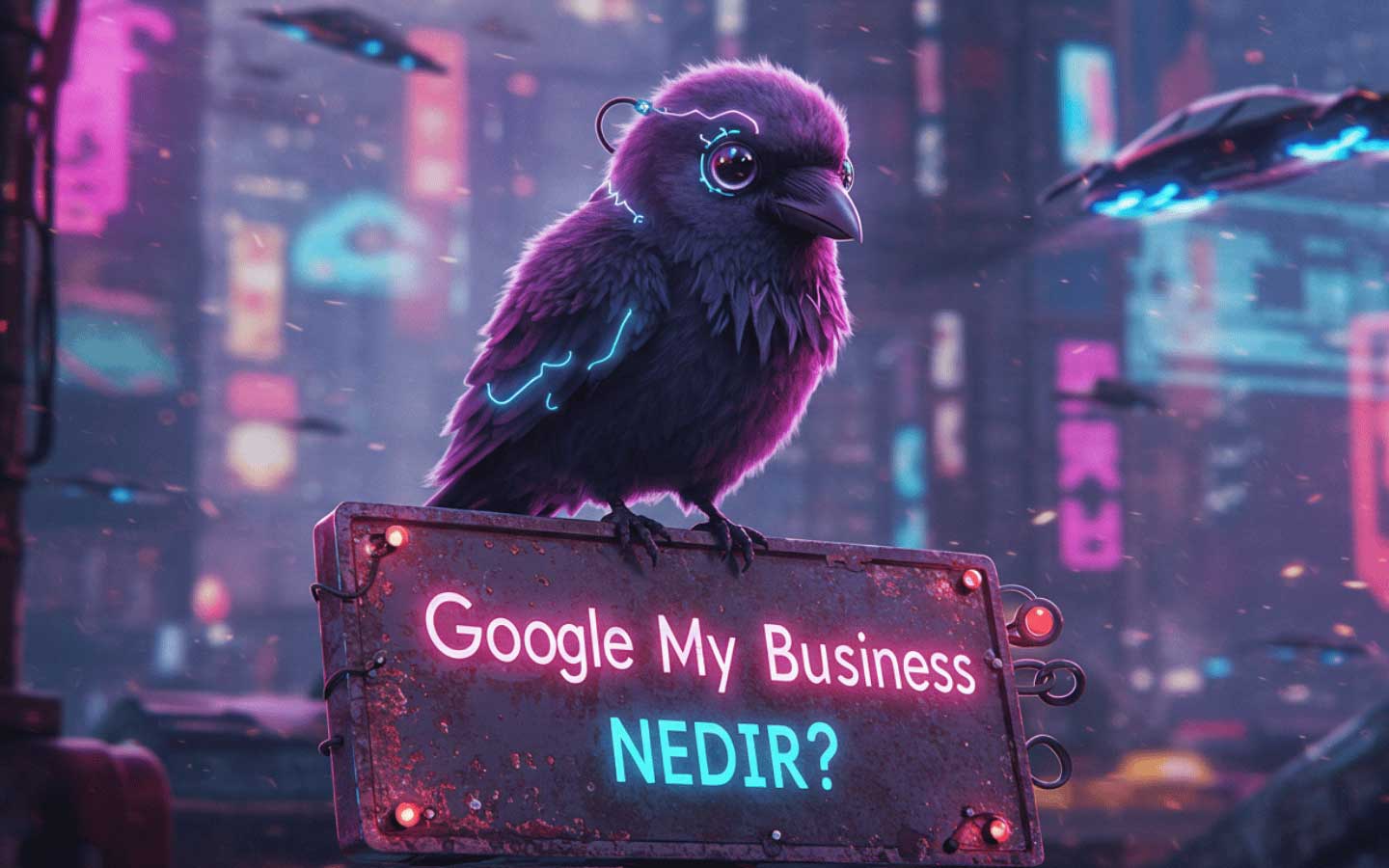furkan ertek
AI Terms

The year is 2025. Artificial intelligence is no longer just the interest of tech enthusiasts or blog sites. Today, almost everyone in the business world uses an AI tool at least once a day. ChatGPT, Grok, Claude, DeepSeek, and other LLMs or agents... Each of us uses at least one of these and benefits from them.
However, during this usage or in some tech conversations, we hear different terms related to AI. Since these terms are in English and their daily language equivalents are not sufficient to explain the concept, we may have difficulty understanding them. Let's learn together what these terms mean.
LLM (Large Language Model)
A large language model is an AI model trained on an incredibly large dataset of texts, capable of understanding human language and generating information in that language. AI models like ChatGPT, Gemini, Claude, and LLaMA are all large language models.
Text-to-Image Models
These are AI models that generate images based on text instructions (prompts) given by the user. When you write a prompt like "A cute robot cat" to models like MidJourney, DALL·E, or Imagen and get an image output, you are using these models.
Datasets and Training Data
Datasets are files containing massive training data (books, websites, etc.) used to train AI models.
Fine-Tuning
Fine-tuning is the process of adapting and retraining an existing model for specific needs and topics. For example, an AI that is not specialized in legal topics can be fine-tuned with legal data to become an expert and generate legal documents.
Neural Network
Neural networks are systems that enable AI to learn patterns. They are inspired by the human brain. While learning from data, they mimic the flexibility of the human brain. These systems can also be used in a multi-layered way. Such systems made up of multiple layers of neural networks are called deep learning.
Parameters
Parameters are mathematical variables that can be adjusted during the learning process of a neural network and determine the model's behavior. Simply put, the more parameters used in a model, the greater its capacity. However, if not balanced, the model may start memorizing instead of learning.
Popular LLM parameter counts:
- Gemini → 1.5 trillion
- ChatGPT-4o → 1.8 trillion
- DeepSeek R1 → 671 billion
Token
Tokens are the smallest units used by AI models when processing text. They can be used differently in different models. In some AIs, tokens are based on letters, in others on words, and in some, they are defined by splitting the text into meaningful parts.
In general, 4 characters are considered 1 token. An average Turkish word is assumed to be 1.3 tokens.
Context Window
The context window is the maximum number of tokens a language model can process at one time. It determines the amount of text, instruction, or data the model can see and consider at once.
Models can receive data from the user up to this limit. For example, Claude 3 can take 128k tokens, which means it can analyze almost a 300-page novel in a single prompt.
Prompt
A prompt is an instruction, question, or direction given to AI models. It directly affects the model's output. For example, asking an AI "How to travel to Mars?" is a prompt.
Prompt Engineering
Prompt engineering is the art of strategically designing prompts to get more accurate/effective outputs from AI models. By optimizing prompts with techniques like role assignment and format specification, more efficient results can be achieved.
Temperature
Temperature is a critical parameter that controls the realism and creativity level of outputs in AI models. It can take values between 0 and 1.
- For a scientific article: 0.1 – 0.3
- For realistic conversations: 0.3 – 0.5
- For creative scenarios: 0.7 – 1.0
Higher values may lead to nonsensical outputs. Note: ChatGPT standard version uses a temperature parameter of 0.7.
Zero-Shot Learning
Zero-shot learning is the ability of AI models to perform a task they have never been trained on, without seeing any examples. This shows the model's power of generalization and contextual understanding.
For example, an advanced AI can write poetry, generate code, and even do mathematical proofs without having seen examples before, thanks to zero-shot learning.
RLHF (Reinforcement Learning from Human Feedback)
RLHF is a learning method where AIs improve themselves with feedback from humans. By allowing users to interact with AI through a chatbot, the goal is to increase the model's accuracy. This method helps AI develop in human-like conversations and understand ethical boundaries. The most well-known example of this is ChatGPT.
In this article, we examined some of the most common terms related to AI. I hope you liked it. Best regards.
Digital Tools
Character counter, password generator, SEO counter, and other tools that content creators, digital marketers, web designers, office workers, and students may need!
Most Popular Blog Posts

What is Digital Marketing?
Digital marketing is the promotion of products or services on online platforms.
Read More
What is SEO?
SEO is the process of organic optimization that helps you appear at the top of search engines.
Read More
What is Google My Business?
It allows local businesses to appear in Google search results and maps.
Read More